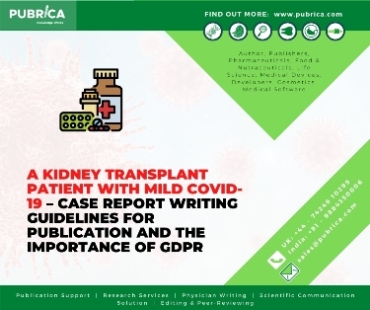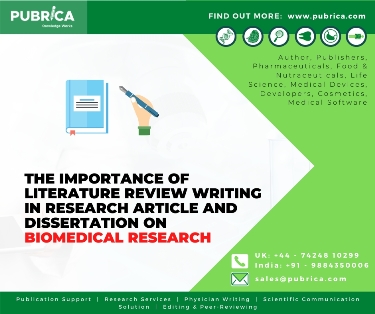Proofreading
October 31, 2018
Articles
October 31, 2018Effective Use of Pronouns in Writing
Writing an academic article or any piece for publication cannot be totally devoid of pronouns. It is simply impossible to imagine a written piece of academic or news article or books without any pronouns. If authors of academic publications, news stories or books refrained from using any pronouns at all and instead used nouns all the time then, the content would be rendered difficult to read or might become unwieldy. In several instances, pronouns are used in a straightforward manner but considering the fact that a pronoun ascribes to or substitutes a particular noun, it is necessary to use the correct pronoun in a precise manner. This is essential as it will eliminate any kind of confusion that readers might face and readers would clearly know which noun is indicated by which pronoun. Hence, it is imperative that each and every pronoun that you use within your writing clearly indicates the particular noun that is being replaced and is also in agreement with the person and number with that noun.
Agreement in terms of number would imply that any pronoun that intends to substitute a singular noun must on its own be singular. At the same time, any pronoun that intends to substitute a plural noun should itself be plural.
For instance, ‘When Dr. Rachel Cruz readies an article to be published in one of the leading journals’, she very carefully proofreads the manuscript’.
In this case the correct use of the singular pronoun ‘she’ is clearly depicted and it refers to the singular noun ‘Dr. Rachel Cruz’. The pronoun here is feminine as the noun it is substituting is feminine. Instead, if it was ‘Dr. Russel Cruz’ who was carrying out the proofreading task, the right pronoun would have been the singular ‘he’.
In the event that the noun’s gender is not specified, it is necessary to use both ‘she and he’ in order to avoid any scope of gender bias or its appearance thereof:
‘When a manuscript is being readied by a prominent scholar who is keen to publish it in a leading journal, he or she carries out an in-depth proofreading of the paper’.
But as per current trends, there is a tendency to use ‘they’ rather than ‘he or she’, in such scenarios, the issue is that ‘they’ happens to be plural, so using ‘they’ as a pronoun to substitute a singular noun would be wrong. ‘They’ can only be used when the need is to replace a plural noun.
For instance, ‘When a manuscript is being readied by successful scholars who are keen to publish it in a leading journal, they execute an in-depth proofreading of the paper.
While terms like ‘anyone’, ‘someone’, ‘nobody’ and ‘each’ is clearly singular, it is essential to keep in mind that ‘everybody’, which indicates a plural concept, happens to be grammatically singular too. Therefore, it needs a singular pronoun:
‘Everybody brought his or her own drink of choice’.
With this article, we have just touched the tip of the iceberg, stay tuned to learn more about effectively using pronouns within your manuscripts.



